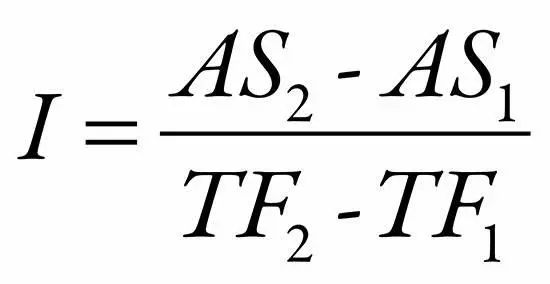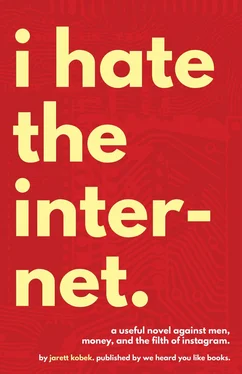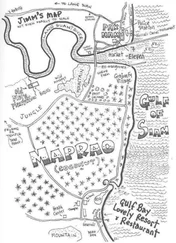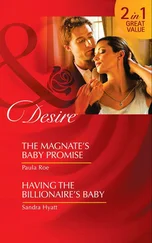блядь was the Russian word for bitch or cunt or whore .
Unlike the speakers of English, who had hundreds of words for degrading women, the Russians believed in economy.
Ayn Rand was a Russian who didn’t believe in economy.
Her endless novel Atlas Shrugged was about 800 pages long. The book was about how money is awesome and rich people are awesome and everything is awesome except for the poor people who are garbage that should die in the gutter. The big thing that happens in Atlas Shrugged is an asshole named John Galt convinces all the world’s rich people to move to a valley where they can be rich together. Then he gives a speech that runs for 60 pages.
The person who found the old copy of Wizard uploaded digital replicas of its pages.
In light of this new material, the original video of Adeline in Kevin Killian’s class was reanalyzed and reblogged and retweeted and retumbled and reshared. It was joined with links to the newly rediscovered interview.
Amongst the outraged, there was the sense of a specific connection between Adeline’s appearance in Kevin Killian’s class and the objectionable opinions which she had expressed sixteen years earlier.
Journalists were writing articles.
They had noticed the trend.
Jeremy Winterbloss emailed Adeline a series of images which were circulating on the Internet. When she saw them, she knew that the situation had become impossible.
The central visual was the same across the images. It was a screenshot from the video of Adeline in Kevin Killian’s classroom. The only variation between images came in the form of captions superimposed over the screenshot.
The superimposition of captions over images was one of the Internet’s great pastimes. There was an explosion of free services ensuring that the world’s great wits could caption photos with ease.
Most of the captions were stupid. Some called Adeline old. Some called her a whore. Some just quoted things that she’d said in Kevin Killian’s classroom or in her interview with Wizard.
One image made Adeline furious. There she was in Kevin Killian’s classroom. Captioned over her own face were the words: PRETENDS TO BE A RUSSIAN MAN. HATES OTHER WOMEN.
“How can anyone think that I hate other women?” Adeline asked her computer. “This is bullshit!”
And then Adeline realized that she was talking to an inanimate object, as if by vocalizing her disgust she could somehow put the genie back in its bottle.
The situation had become impossible.
Adeline did the only practical thing that had been suggested.
She opened her own account on Twitter.
For years, Adeline’s choice of pseudonym had worked out. She found something hilarious about having the name of a Russian man. It seemed distinct enough that no one would ever mistake the name for anything else.
Joel Silver let slip the truth about both J.W. Bloss and M. Abrahamovic Petrovitch right around the time that the performance artist Marina Abramović, who didn’t have much eumelanin in the basal cell layer of her epidermis, went from being a star of the art world to being a flat out star.
In 2010, Marina Abramović did a performance piece at the Museum of Modern Art in New York. She sat in a gallery and invited the museum’s visitors to stare into her face. She in turn stared back.
The performance was called The Artist is Present. It ran for several months and was broadcast live on the Internet, which was a wonderful resource for artist engagement, expanding a fan base, and reading about the feud between Alan Moore and Grant Morrison.
Something about the piece resonated far beyond the normal impact of performance installations. The Artist is Present generated massive coverage. Print and digital.
Then Lady Gaga showed up.
Lady Gaga was a pop star without any eumelanin in the basal cell layer of her epidermis.
The word GAGA had become the metonymy by which any person in the industrialized world could summon up a vague neurological image of Lady Gaga’s face. It was a magickal invocation. It was a brand.
Lady Gaga’s songs were about the same six subjects of all songs by all pop stars: love, celebrity, fucking, heartbreak, money and buying ugly shit.
A common arc in the narrative of pop stars was their desire to be recognized as cross-platform successes.
Clothing and accoutrement were the easiest. Every pop star sold shoddy clothing to their guileless fans. Many sold their own perfumes and jewelry. Many attempted acting in feature films.
Lady Gaga went to the Museum of Modern Art and visited Marina Abramović’s The Artist is Present . Lady Gaga did not stare into Marina Abramović’s face and Marina Abramović did not stare into Lady Gaga’s face.
Lady Gaga just walked around. She was shitting gold and pissing honey and she wanted to be part of the Art World.
A key aspect of pop stardom involved the creation of a lexicon for various aspects of the experience. Every pop star needed fans who were willing to adopt a slightly ridiculous group name.
Lady Gaga’s fans called themselves Little Monsters.
Lady Gaga called herself Mother Monster.
By the time that Lady Gaga visited Marina Abramović at the Museum of Modern Art, over 5,000,000 Little Monsters were following Mother Monster on Twitter.
A few months later, Mother Monster would become the most followed person on Twitter.
By March 2012, she had over 20,000,000 followers.
American journalism was morally bankrupt and bereft of ideas. As a result, the number of a person’s followers on Twitter was treated as a metric of influence.
To a certain degree, this was true. The tweets of Mother Monster did indeed reach a large number of Little Monsters .
But other than endorsement deals, it was very difficult to turn tweets into money, which is the only measure of merit in a capitalist society.
Mother Monster’s first album, The Fame (2008), sold 4,572,000 albums in the United States of America. Mother Monster’s second album, Born This Way (2011), sold 2,326,000 albums in the United States. Mother Monster’s third album, ARTPOP (2013), sold under 1,000,000 albums in the United States.
All the while, her number of Twitter followers was on the increase. A follower was someone who received notification of the tweets generated by any given individual account.
By the end of 2013, Mother Monster had about 40,900,000 Twitter followers.
Letting I stand for influence, AS stand for total album sales, and TF stand for Twitter followers, now comes a general formula for calculating the waning influence of Mother Monster’s influence via Twitter:

For another metric, one might use the methodology invented by Zhang Xi, a visiting scholar at the University of California, Berkeley. In 2012, Zhang Xi published a paper entitled Positiv/Negative Einfluß: Digitale Hebelwirkung entfalten mit Twitter . Zhang Xi had some eumelanin in the basale stratum of her epidermis.
Zhang Xi’s paper suggested that a user’s Twitter influence was best measured by establishing a connection between three principle data points: (1) The number of users following a Twitter account. (2) The number of users followed by a Twitter account. (3) The number of tweets sent from a Twitter account.
Читать дальше













